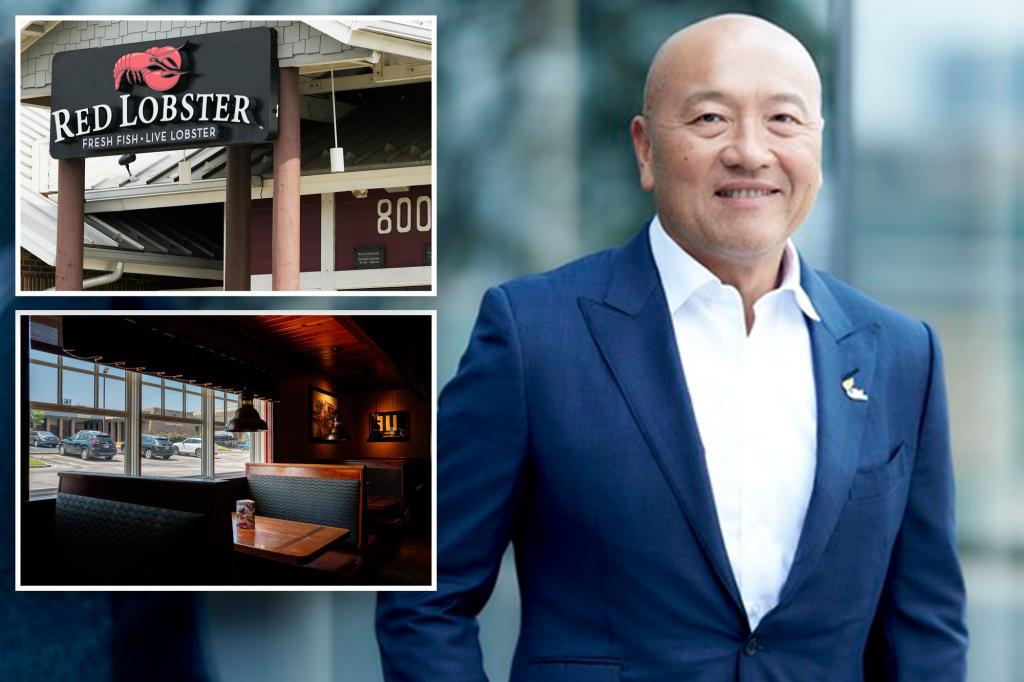Former executives and senior leaders from Red Lobster have detailed the declining workplace environment that occurred after Thai seafood company, Thai Union, became the company’s largest shareholder in a new report. The report describes the workplace as “miserable” and outlines the sudden downfall of the company, which filed for Chapter 11 protection and closed nearly 100 locations. Former employees have blamed Thai Union’s incompetence for destroying the company, citing lack of knowledge in running a restaurant company in the United States and a series of poor decisions made by Thai Union executives.
Thai Union has attributed the financial struggles of Red Lobster to the COVID-19 pandemic, higher interest rates, and labor costs. Since Thai Union became the largest shareholder, the company began installing its own executives, leading to the rapid firing or resignation of many longtime and respected employees. The company has seen five CEOs in the last five years, with constant changes in leadership creating instability within the organization. The toxic environment worsened during the tenure of Australian interim CEO Paul Kenny, who openly criticized and belittled employees during meetings and made decisions that were detrimental to the company’s operations and financial health.
The filing for Chapter 11 protection revealed that Kenny’s leadership had a significant impact on how operations were run at Red Lobster locations, including cost-cutting measures that affected the dining experience. These measures included leaving tails on shrimp in pasta dishes, removing sauté stations from kitchens, and reducing the number of managers and cooks, leading to an overstretched and understaffed restaurant environment. Despite efforts to improve customer service, such as servers covering more tables and eliminating hosts during lunch hours, revenue continued to decline as customers became less enthused with the dining experience.
Red Lobster, which has 36,000 employees, owes $16.7 million in unpaid wages, according to the filing. The company plans to keep its remaining restaurants open and operational during the bankruptcy proceedings but has indicated that it will close additional locations as part of its restructuring efforts. The investigation into the role of Thai Union in the downfall of Red Lobster is ongoing, with allegations that the Thailand-based company exerted an outsized influence on the shrimp purchasing decisions made by Red Lobster. The decisions made by Thai Union executives, particularly in regards to menu items, supplier relationships, and staffing levels, have been scrutinized as contributing factors to the company’s financial struggles and ultimate bankruptcy filing.
The impacts of Thai Union’s involvement in the day-to-day operations of Red Lobster were felt by employees at all levels, with long-time employees expressing dissatisfaction with the changes made by the new leadership. The company’s history of 50 years was marred by the tumultuous period following Thai Union’s increased involvement in the company’s operations, creating a negative workplace culture and leading to a significant decline in revenue. The company’s future remains uncertain as it navigates the bankruptcy proceedings and attempts to restructure its operations in order to remain viable in the competitive restaurant industry.













